Products: Renewable
Products classified as "renewable" are characterized by the fact that their starting materials can be regenerated in less than 100 years. For products with several components, a distinction is made between >80%vol., >50%vol. and >20%vol. share of renewable raw materials.
When selecting renewable products, it is important to note that the environmental balance only represents the effects on the climate and secondary effects such as biodiversity and social factors are only included to a limited extent. When selecting products, various certificates can be consulted that provide information on environmental compatibility, working conditions and economic efficiency (e.g. the FSC and PEFC certificates for wood products).
As a general rule, renewable raw materials are preferable to non-renewable raw materials, although the longevity as well as the treatment of the products must be taken into account.
-
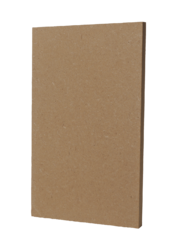 acetylated wood
acetylated wood
Reusable
Recyclable
Renewable -
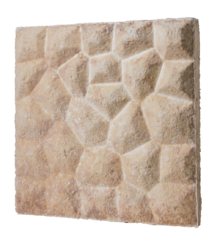 Acoustic panels from mycelium
Acoustic panels from mycelium
Renewable -
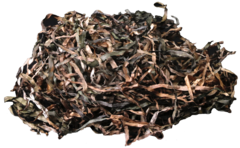 algae insulation
algae insulation
Reusable
Recyclable
Renewable -
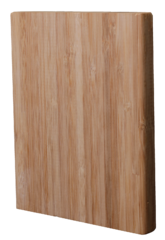 bamboo outdoor laminated beams
bamboo outdoor laminated beams
Reusable
Renewable -
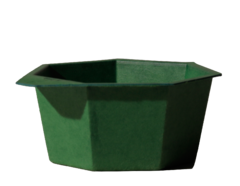 biocomposites
biocomposites
Renewable -
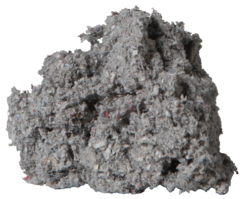 cellulose insulation system
cellulose insulation system
Reusable
Recycling from recyclate
Recyclable
Renewable -
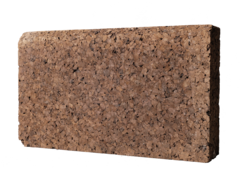 cork facade
cork facade
Recyclable
Renewable -
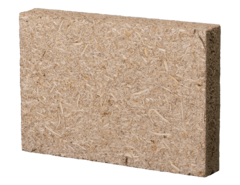 flax board
flax board
Recyclable
Renewable -
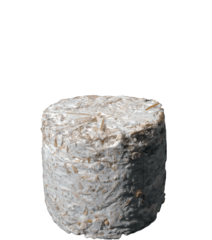 fungal mycelium
fungal mycelium
Renewable -
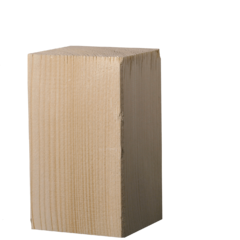 KVH solid structural timber (MH approval) from regional forestry
KVH solid structural timber (MH approval) from regional forestry
Reusable
Renewable -
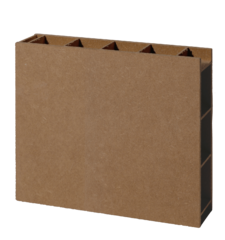 lightweight construction panel
lightweight construction panel
Reusable
Renewable -
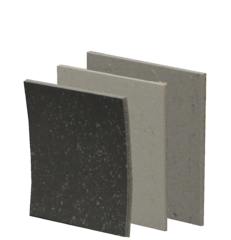 linoleum floor
linoleum floor
Renewable -
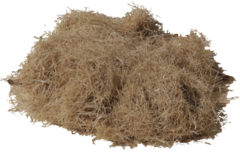 natural insulation from the sea
natural insulation from the sea
Reusable
Recyclable
Renewable -
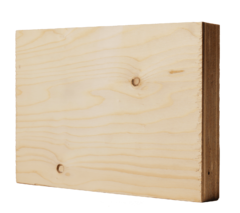 plywood and laminated veneer wood
plywood and laminated veneer wood
Reusable
Renewable -
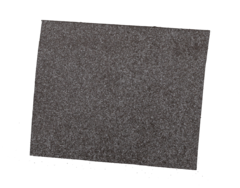 roof waterproofing from renewable raw materials
roof waterproofing from renewable raw materials
Recyclable
Renewable -
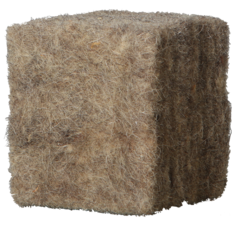 sheep wool
sheep wool
Reusable
Recyclable
Renewable -
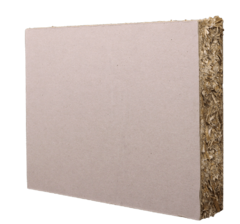 straw building board
straw building board
Recycling from recyclate
Recyclable
Renewable -
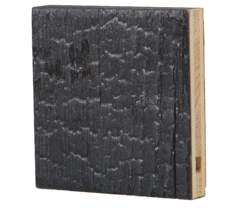 timber lining with charred surface
timber lining with charred surface
Reusable
Renewable -
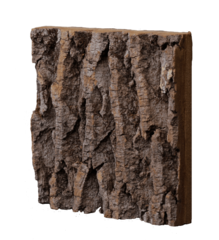 wall panels from tree bark
wall panels from tree bark
Reusable
Renewable -
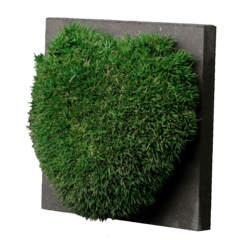 wall panels made of moss
wall panels made of moss
Renewable -
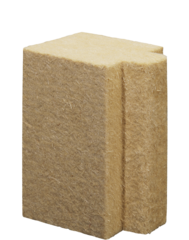 wood fibre insulation board
wood fibre insulation board
Reusable
Renewable